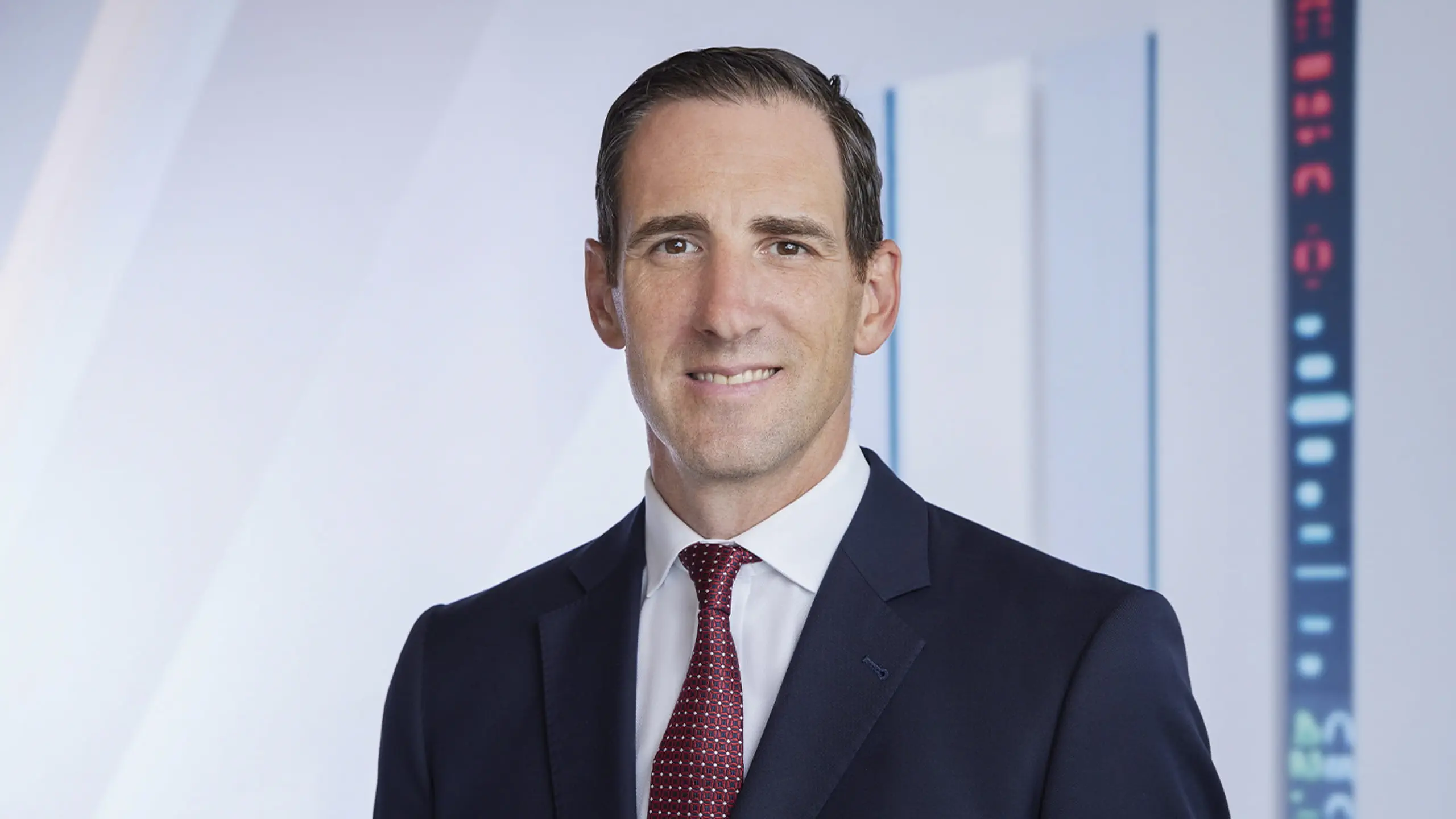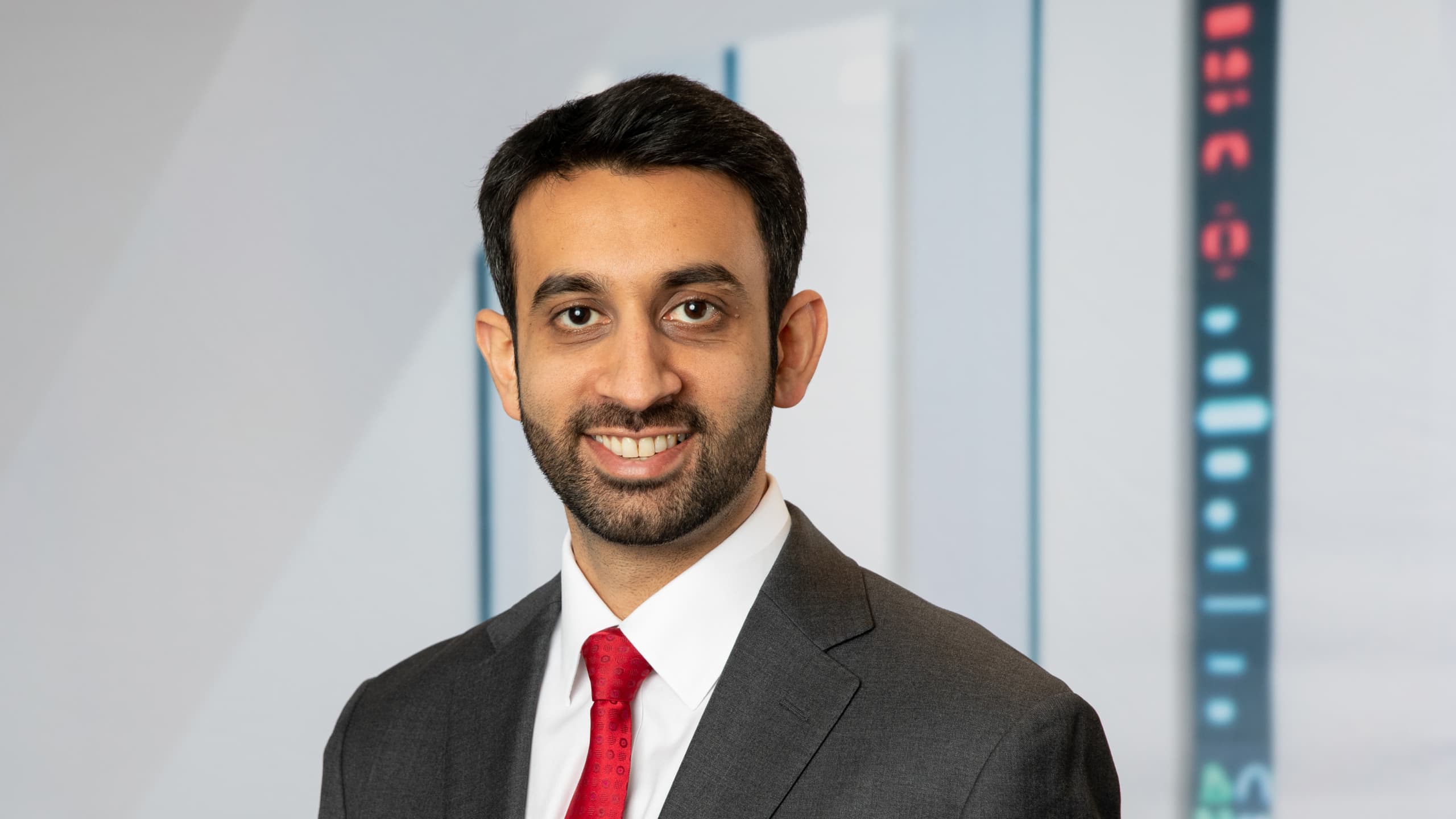


Summary
- For many bond ETF investors, flexibility is paramount, as active strategies gain traction amid market uncertainty.
- Many investors are moving out of cash. Short-term and ultrashort ETFs can be a natural next step, offering attractive yield and capital preservation amid uncertainty.
- Innovation is broadening access, with ETFs opening doors to once-opaque corners of credit markets.
- A growing institutional investor base is driving deeper liquidity and accelerating the mainstream adoption of active bond ETFs.
- The historical preference for active management in tax-exempt investing and a shift in demand from the underlying retail buyer base is driving a wave of actively managed municipal bond ETF launches.
Assessing both top-down macroeconomic and market-defining trends and bottom-up developments, flows, and risks, we’ve identified several key themes that characterize fixed income ETFs today and are likely to drive future opportunities.
The rise of flexible strategies
In the ever-evolving investment landscape, flexibility is becoming a watchword for fixed income investors. The surge in active core and multisector fixed income ETFs is evidence of this shift.
Multisector ETFs – which barely registered two years ago – have ballooned recently, with over $20 billion in net inflows since mid-2023. Active core and core-plus ETF strategies now have more than $88 billion in assets, according to Morningstar. This rapid growth is not merely a function of product innovation, but a response to the demands of an uncertain market.
The appeal is clear: In an environment marked by volatility and shifting macroeconomic signals, the agility of flexible, active strategies offers investors access to a broader opportunity set with the ability to pivot as conditions change.
Elevated starting yields make fixed income attractive. Plus the negative correlation of fixed income – particularly short- to intermediate-maturity bonds – versus equity returns has reasserted itself, providing an important buffer against equity market drawdowns. As a result, active fixed income ETFs now account for nearly 40% of overall fixed income ETF flows, despite representing just 17% of total fixed income ETF assets, according to Bloomberg.
The regulatory streamlining from the SEC’s ETF Rule in 2019 catalyzed a wave of active ETF product launches, enabling active bond ETFs to reach the scale and liquidity necessary for wider adoption – a self-stoking cycle. Advisors, once limited mainly to passive options, can now access sophisticated portfolio management and relative value strategies within the ETF vehicle. This broadening of active management has allowed investors to harness decades of expertise in a transparent, efficient format.
As market uncertainty persists, the case for flexibility in fixed income portfolios is only strengthening. Active core-plus and multisector ETFs are poised to play pivotal roles, offering resilience and the potential for attractive, diversified returns. In today’s climate, flexibility is not just an advantage – it’s becoming essential.
Cash on the move: Investors ease into short-term ETFs
For years, many investors held significant assets in money markets or bank deposits. Now, with the Federal Reserve policy rate down 100 basis points from its 2023–2024 peak and poised to drop further sometime this year, investors are stepping out of cash and into short-term investments – including ultrashort bond ETFs.
The flows are striking: In 2024, active ultrashort ETFs attracted nearly $32 billion in net inflows, according to Morningstar. A mainstay of the active fixed income market for 15 years, ultrashort ETFs can offer yields above traditional cash products in exchange for a modest increase in risk while providing capital preservation and a buffer against interest rate volatility.
The recent popularity has been turbocharged by new single-sector strategies within the ultrashort category – especially those focused on AAA rated collateralized loan obligations (CLOs), which appeal to yield-hungry investors.
Yet, the rush into CLO ETFs comes with notable risks: Though rated highly from a credit risk perspective, their lack of diversification can leave investors exposed to sector-specific challenges. While ETFs in general tend to benefit from the liquidity inherent in secondary markets, liquidity of the underlying assets is often a key driver in an ETF’s overall liquidity – a fact that may be tested in times of market stress, particularly in more illiquid asset classes such as CLOs.
In our view, a more prudent approach to short-term investing is a tiered, multi-asset strategy. Portfolios can be divided into multiple liquidity tiers and allocated accordingly to boost potential yield, while continuing to focus on capital preservation. Diversified ultrashort ETFs, which blend government, corporate, and securitized debt, are an option for the high-liquidity tier; they tend to offer resilience across market cycles and stable capital preservation.
As the Fed’s path points to lower rates over time, extending duration modestly outside cash can unlock upside potential, but investors would do well to remember: In the quest for yield, not all short-term strategies are created equal.
Innovation extends the reach of bond ETFs
Innovation in bond ETFs is helping modernize and increase access to previously esoteric areas of fixed income markets – a natural next step in the decades-long evolution that’s opened bond investing to a wide range of investors and strategies. As technology advances, ETFs are extending their reach into high yield, emerging markets, bank loans, and preferred securities – offering investors potentially attractive risk/reward profiles and diversification in a vehicle with an attractive liquidity profile.
Previously, gaining exposure to these harder-to-reach assets required specialist expertise and knowledge. Today, ETFs have become a more liquid gateway to these markets, unlocking access to a diverse investor base. The secondary market liquidity of ETFs in these sectors can provide added flexibility to the liquidity of their respective underlying bond markets. However, investors should be aware that the liquidity of the underlying assets held by an ETF could potentially affect the ETF’s liquidity and its price.
Technology is the great enabler. Electronic trading platforms and sophisticated pricing algorithms now allow for the rapid valuation and execution of large areas of the bond market. The rapid rise of electronic trading in the past decade has made it easier for investors to enter and exit positions, often at lower cost.
The high trading volumes and broad participation have, in turn, spurred the development of new trading practices, such as bond portfolio trading. Here, entire baskets of bonds are priced and traded in a single transaction, borrowing protocols from the equity world and making the process more efficient and transparent.
Investing comes with risks, however, and the convenience of the ETF vehicle shouldn’t mask them. For example, the push into private credit via ETFs warrants risk awareness, as liquidity mismatches could emerge in times of stress.
Still, the direction of travel is clear. Bond ETFs are not just broadening access to previously niche sectors – they are helping evolve the mechanics of fixed income markets, making them more inclusive, efficient, and ultimately more modern.
A broadening investor base for active bond ETFs
Closely related to the previous theme is how ETFs, once largely a vehicle for retail investors, are now embraced by a more diversified and sophisticated investor base. In particular, actively managed bond ETFs are increasingly finding favor among institutional investors such as insurance companies, public pension funds, and asset managers.
The growing adoption of active bond ETFs by institutional investors is more than a passing trend; we view it as a strong endorsement of their effectiveness and versatility. ETFs may serve as tactical allocations for adjusting exposures, or they may be strategic, buy-and-hold building blocks for broad asset class access. Liquidity-focused ETFs may enhance yield above cash albeit by taking on modest additional risk, as discussed above. ETFs may be used to help maintain market exposure during portfolio transitions or restructuring, or they may be used to provide leveraged exposure for sophisticated investors with a set risk tolerance. The array of use cases underscores the increasing depth and innovation within the ETF market.
As institutional investors enter the market, they bring greater trading volumes, deeper liquidity, new use cases, and a more active trading mindset to fixed income ETFs. This, in turn, fuels further growth and innovation in ETF strategies, creating a virtuous cycle that we believe will continue over the long term, with ETFs becoming mainstream investments for a wider range of investors.
The active approach in muni ETFs
Municipal bond markets are undergoing a quiet revolution: Since 2021, assets under management (AUM) in municipal bond ETFs have surged by 73%, even as traditional mutual fund AUM has declined, according to LSEG Lipper and J.P. Morgan Research. This shift reflects a growing appetite for municipal ETF solutions.
Within the muni ETF space, we see an important role for actively managed approaches. Although investors have broadly embraced active in muni markets – 87% of municipal fund AUM is actively managed, according to Morningstar – many investors still seem to prefer passive muni ETFs.
In our view, the appeal of active is rooted in the muni market’s inefficiencies: The sector is notoriously fragmented, with thousands of issuers, limited institutional research, and an over-the-counter trading structure. Passive strategies, which attempt to mirror broad indices, rely on market sampling – full index replication is all but impossible. This can create valuation and liquidity distortions – opportunities that skilled active ETF managers can seek to exploit to generate alpha.
Some of the severe muni market volatility experienced this year was driven largely by technical factors, which can temporarily overshadow fundamentals. Daily liquidity vehicles, which include mutual funds and ETFs, have seen periods of notable outflows. ETFs have been a key contributor to the volatile flow environment, accounting for 38% of net fund flow activity, despite only accounting for 15% of municipal fund AUM (sources: ICI, Bloomberg, Morningstar). Such dislocations have become more common due to the perpetual decline in muni market liquidity; however, these time periods create fertile ground for active managers with the discipline and expertise to navigate them.
Our long-term outlook for municipal bond markets is bullish. Absolute and relative valuations are historically attractive after recent underperformance. State and local governments are flush with reserves, tax collections have surpassed pre-pandemic levels, and leverage is declining. Elevated yields and persistent volatility in the muni market make a compelling case for actively managed muni ETFs.
To learn more about bond ETF investing at PIMCO, please visit pimco.com/etfs.

